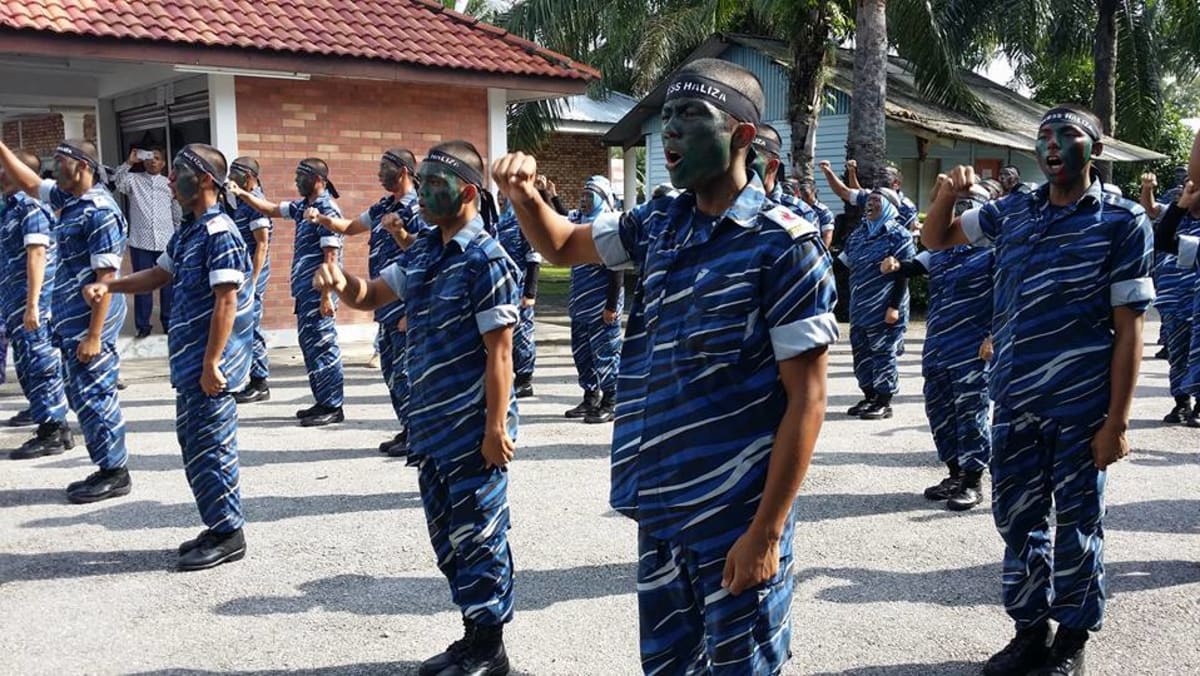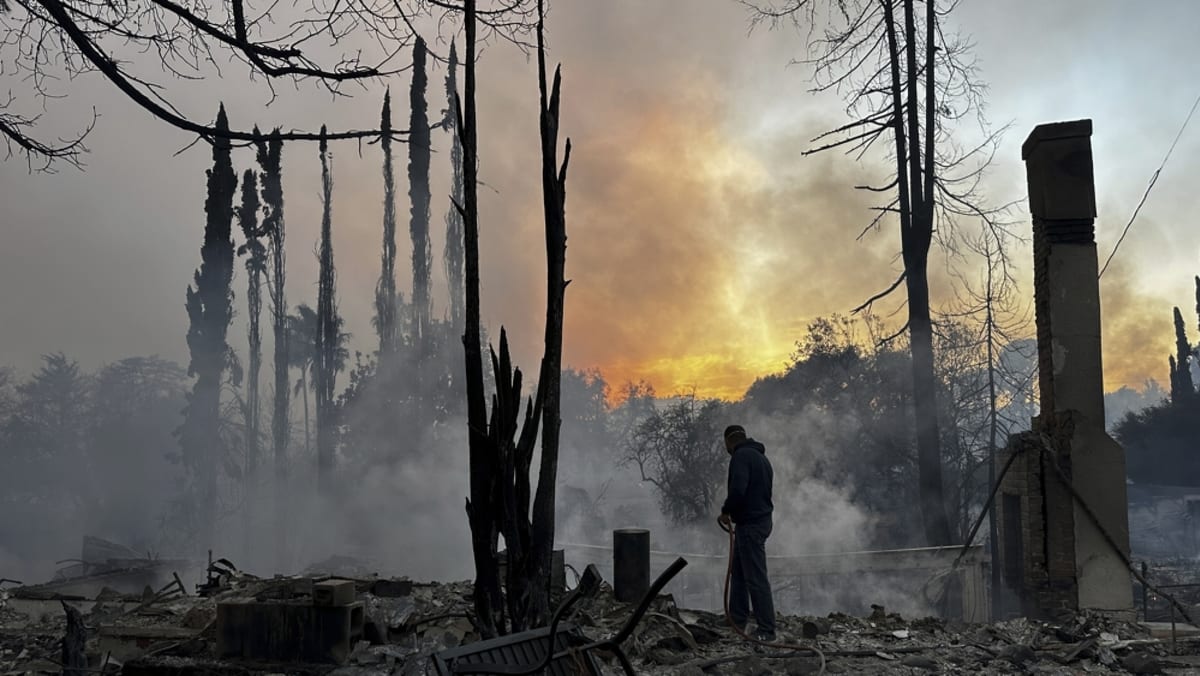BRUSSELS: NATO won’t heed Donald Trump’s proposal for a massive hike in defence spending but will likely agree to go beyond its current target, according to officials and analysts.
The US president-elect declared on Tuesday members of the military alliance should spend 5 per cent of gross domestic product (GDP) on defence – a huge increase from the current 2 per cent goal and a level that no NATO country, including the United States, currently reaches.
Trump’s comments – at a press conference that also generated a blizzard of headlines on Greenland, Canada and Panama – were a reminder of his focus on NATO spending during his first term and his threats not to protect allies that fail to meet the target.
Officials from NATO countries said they agreed defence spending needs to rise further but did not endorse the 5 per cent figure, which analysts said would be politically and economically impossible for almost all members. It would require hundreds of billions of dollars in extra funding.
However, a new target is likely to be agreed at a NATO summit in The Hague in June, spurred by fears that Russia may attack a NATO country after Ukraine and by Trump’s exhortations, officials said.
The key open questions are what that new target will be and whether it will be enough to satisfy Trump.
Some expect NATO’s 32 members to agree, after much wrangling, to a target of around 3 per cent of GDP. But even that would be a stretch for many, who barely meet or fall short of the 2 per cent goal now – a decade after it was set.
“It seems there will be a shift,” Italian Defence Minister Guido Crosetto told Reuters. “I don’t think it will be 5 per cent, which would be impossible for almost every nation in the world right now but … it will not be two (percent), which we are already struggling to reach, but it will be more than two.”
Italy, with defence spending at around 1.5 per cent of GDP, is among eight NATO members that do not meet the current target.
Poland, which borders Ukraine, is the NATO member that spends the highest share of GDP on defence – 4.12 per cent last year, alliance estimates show. It is followed by Estonia with 3.43 per cent and the United States with 3.38 per cent.













